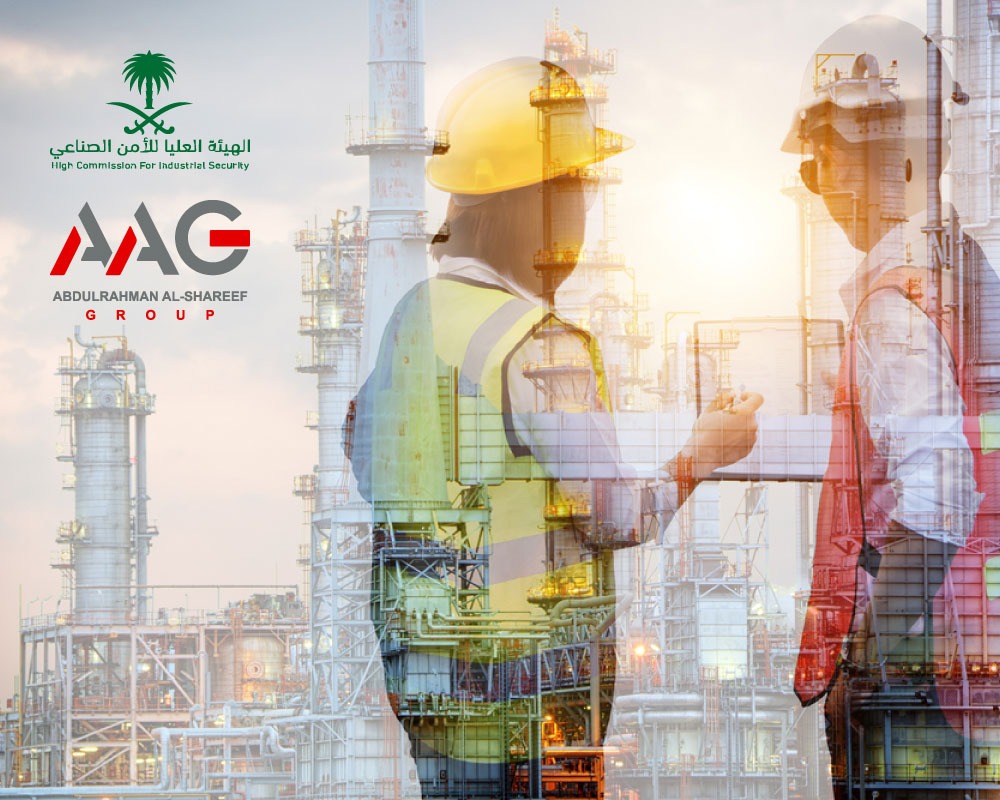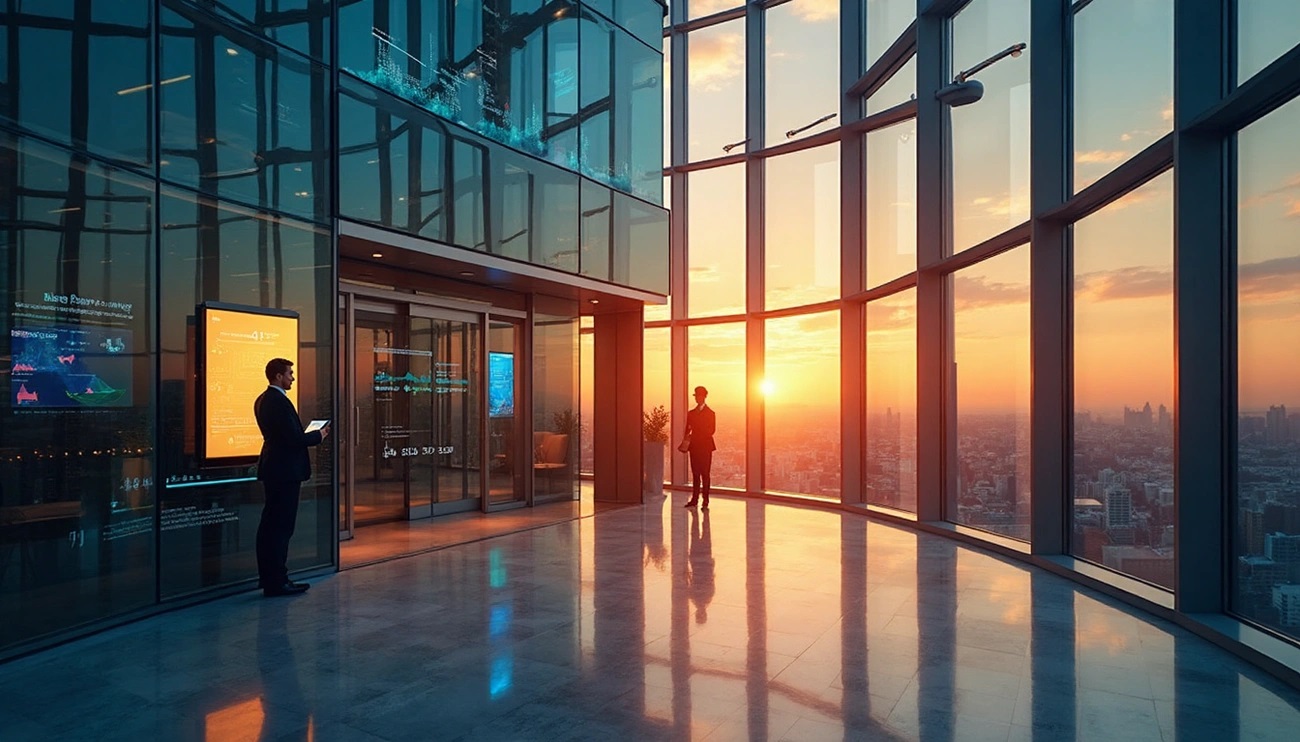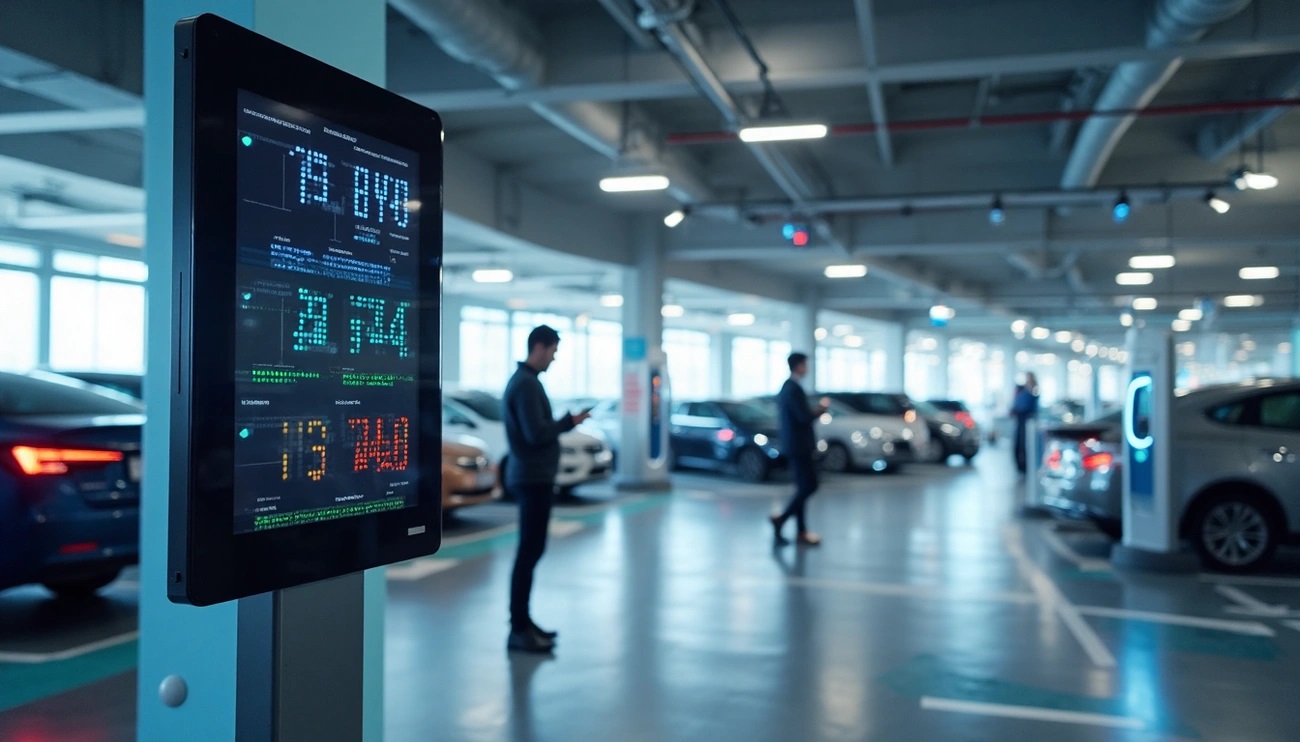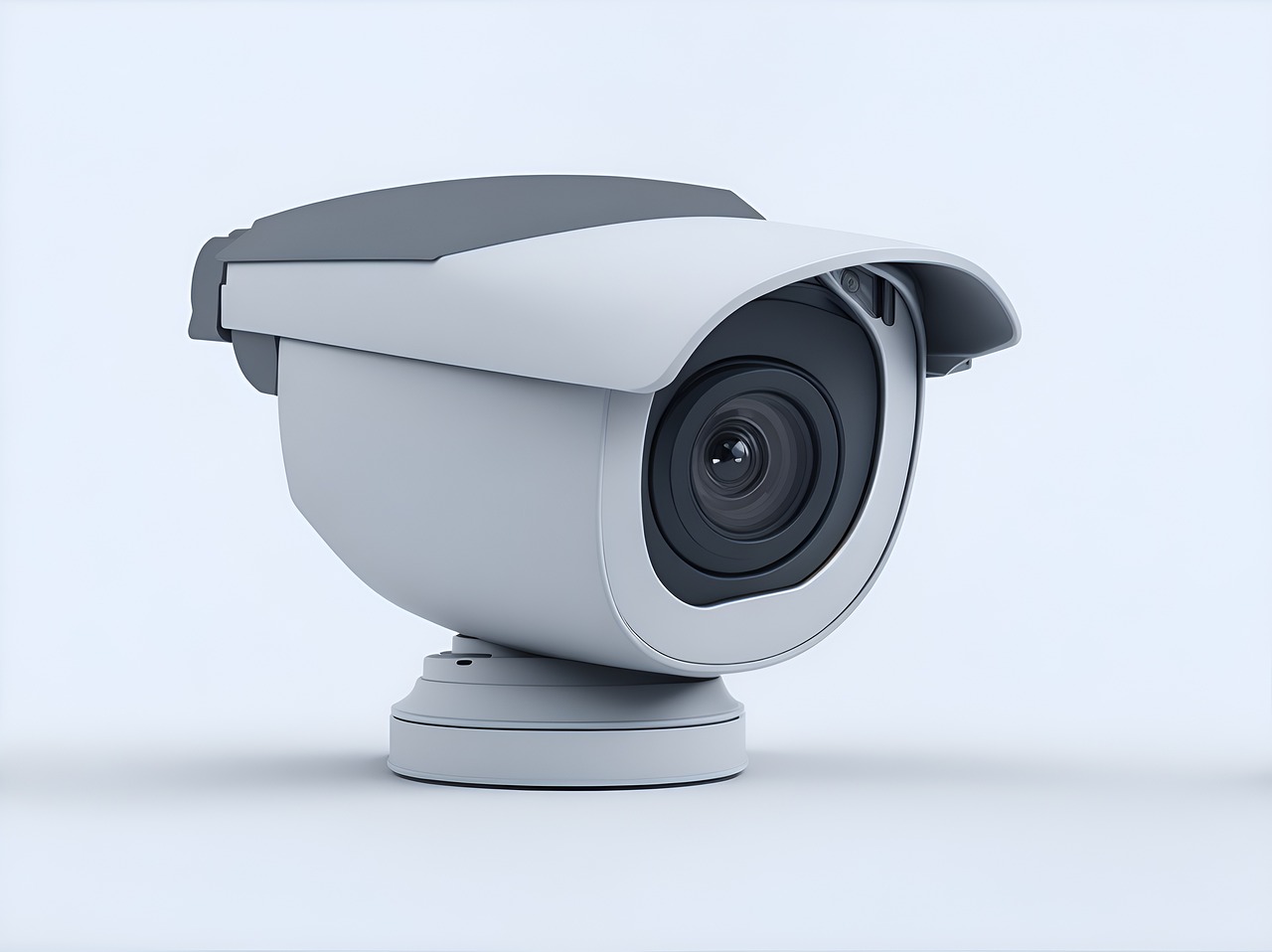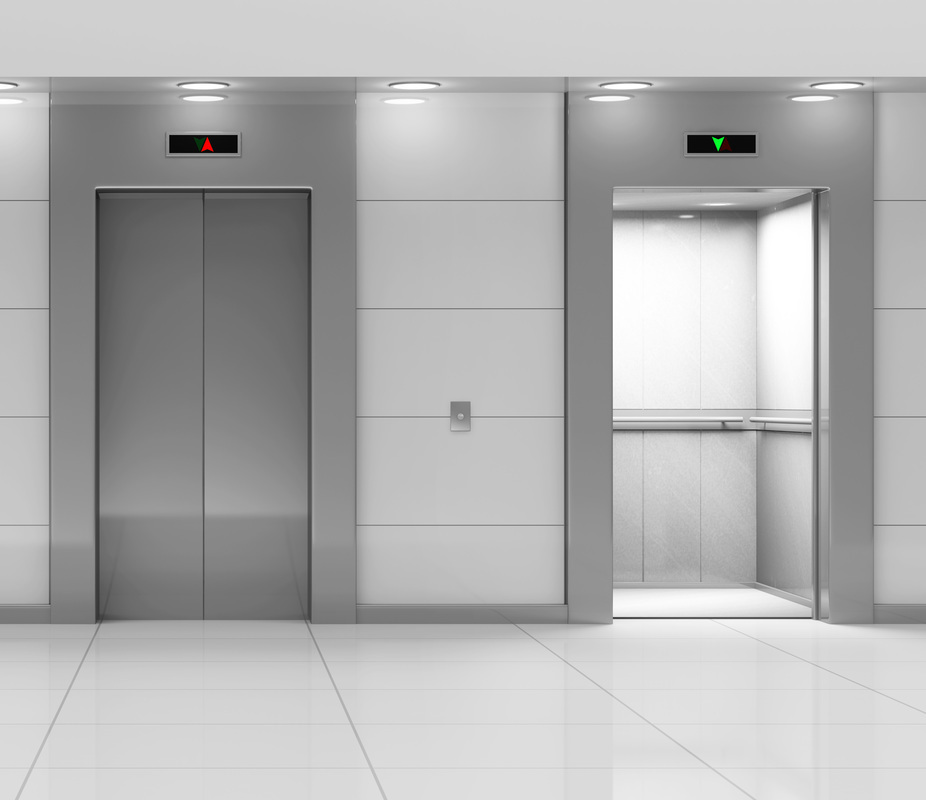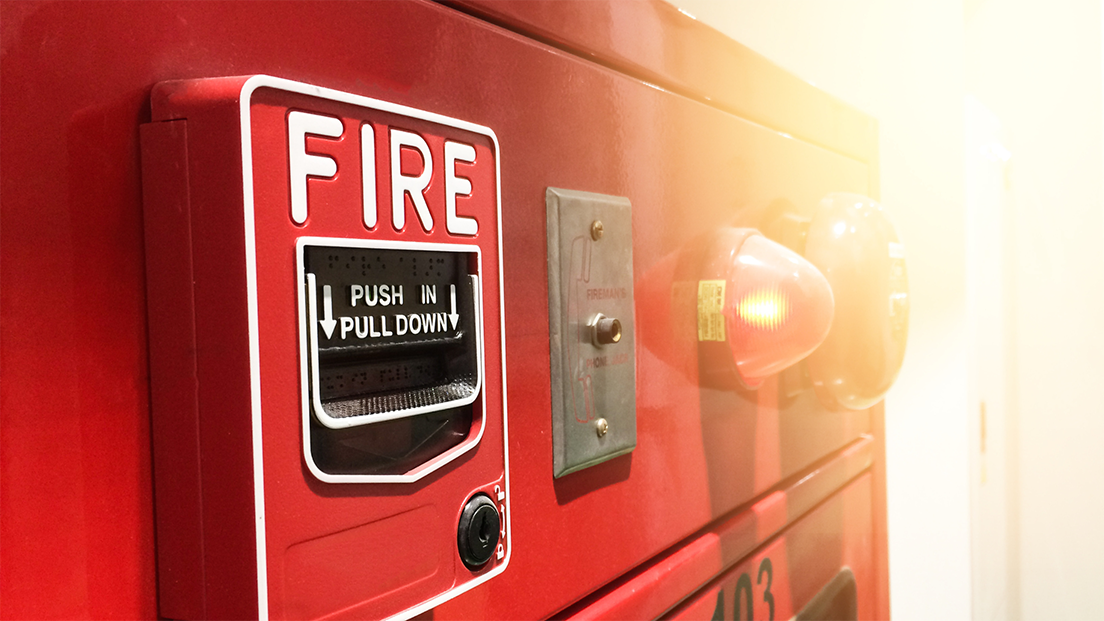NEWS / BLOG
Abdulrahman Alshareef Group’s impact on Saudi Business Sector
Abdulrahman Alshareef Group (AAG) has substantially altered the map of Saudi industries since 1988. AAG's activities have expanded to flooring systems, electronics, and general contrac [...]
Solving Urban Density Challenges with Smart Building Management Systems
Smart building management systems are changing how we tackle urban density challenges in commercial, industrial, and residential properties. Cities are getting more crowded, and buildi [...]
Smart Parking Management System: From Planning to Implementation
Smart parking management systems have changed how businesses and cities deal with today's growing traffic volumes. These systems started as basic manual operations but have evolved int [...]
Enhancing Workplace Security: The Power of CCTV Surveillance Systems
Introduction to Workplace Security In today's rapidly evolving business landscape, maintaining a safe and secure work environment has become a critical priority for organizations of al [...]
How Elevators Shape Urban Skylines and Vertical Transportation
Step into the world of urban skylines and witness the awe-inspiring creations of vertical transportation: elevators. These incredible machines have revolutionized the way we navigate o [...]
The Evolution of Fire Alarm Systems
The evolution of fire alarm systems has been remarkable since their inception. From basic auditory warning mechanisms like bells and horns, these systems have transformed into sophisti [...]

